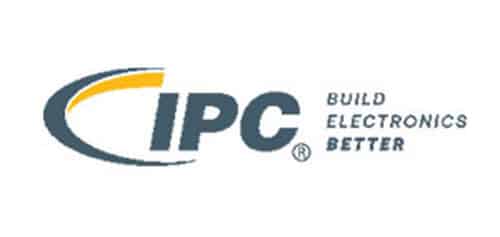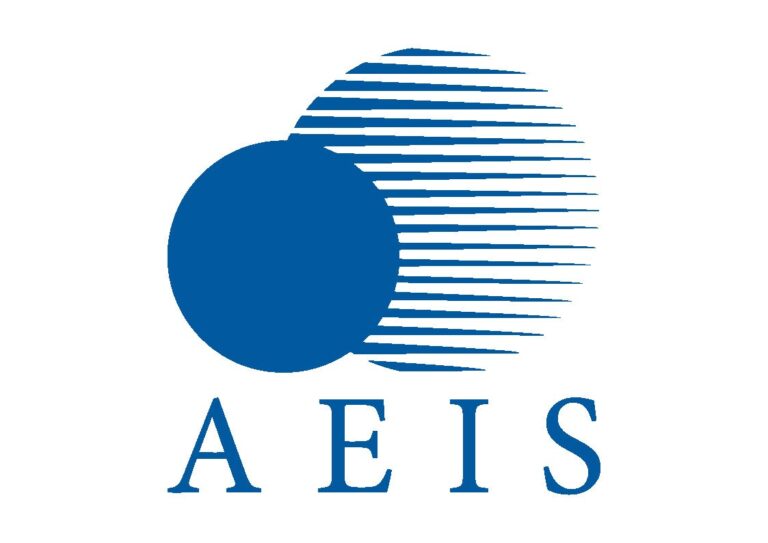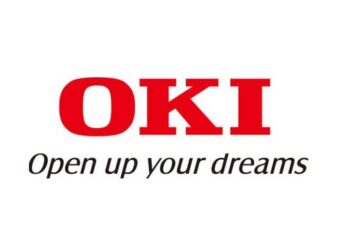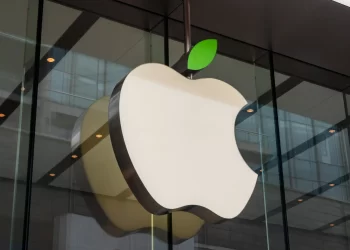The Global Robot Operating System Market is estimated to be USD 682.2 Mn in 2021 and is expected to reach USD 1131.54 Mn by 2026, growing at a CAGR of 10.65%, reports ResearchAndMarkets
Factors to be considered for driving the market are Rising R&D funds for industry automation, increasing implementation of collaborative modular robots, and growing SME participation in developing countries are elements for the growth of robot operating systems. The insufficiency of a skilled workforce and high labor costs also drive the adoption of industrial robots across various industries worldwide: the rising e-commerce industry and growing adoption of automation in different industries and warehouses for efficient and smooth operations.
The use of robotics helps the manufacturer achieve enhanced quality and reliability in warehouse operations. Increasing demand for the robotics-as-a-service model is an opportunity for the robot operating system. Several organizations have implemented industrial robotics solutions to reduce labor costs and improve efficiency.
Although the initial cost of procuring a robot is high, it offers high productivity, efficiency, and profits once implemented. The complex design of modular robots and the high installation cost of low-volume production applications are the factors that restrain the growth of the robot operating system market – a high capital requirement for full automation. Moreover, a high level of complexity might hinder the market growth over the forecasted period. The need to safely handle industrial-grade operations is one of the challenges faced by the robot operating system market.










